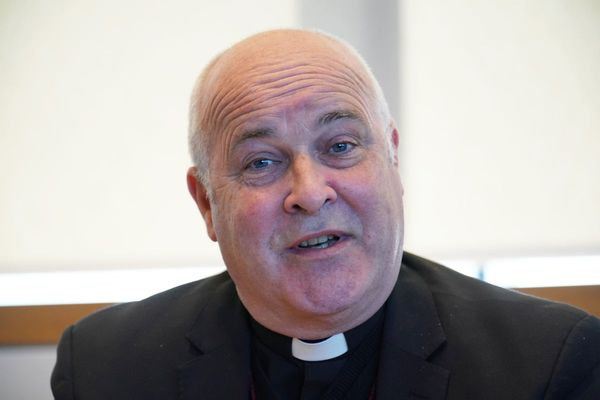
This week’s public holiday is, in its own small way, something of a big deal — it’s the first national reduction in working time in close to 40 years. What happened? Or, rather, what hasn’t happened?
It’s about 40 years since weekly working hours were reduced to 38 and about 50 years since the Whitlam government made four weeks’ annual leave the national standard. Long service leave hasn’t significantly changed since the 1950s. The 10 or 11 weekday public holidays (depending on where you live and who you work for) have been pretty much as they are since World War II.
As Kenneth Slessor tells us in his poem “Five Bells”, there’s a bumpkin calculus in how we mark off structured time. There’s a clash in value: for the worker, time off is freedom; for the employer, it’s loss of control.
That’s why employer resistance to cutting working time has grown. Now, even a change as small as the one-off special public holiday for to mourn the death of the queen generates groans at “lost productivity”.
Lucky we’ve got a monarch. It seems to be the only way we make progress. The last special national holiday was in 1987 to mark the queen opening the new Parliament House. Even that was ignored by some states.
The queen’s … er, king’s birthday holiday was one of the colony’s first holidays, proclaimed by Governor Arthur Phillip, although the current June date in most states recognises the birthday of the current monarch’s great-grandfather, George V, who died in 1935.
It wasn’t supposed to be like this: back in the 1930s when Australian workers (starting in newspapers) were winning the first week of mandated annual leave, John Maynard Keynes was predicting that by the end of the century we’d all be working an average of 15 hours a week. A fair guess: modern students of pre-history estimate that was the working week before the neolithic agricultural revolution.
Would have been nice. Instead, even with all the leave put together, Australia’s full-time formal hours average at more than double Keynes’ confident prediction.
And, in the real world, the gap is getting bigger: since the 1980s’ 38-hour-week, employers have been using social engineering — the pressure to get the job done regardless of the time it takes — and compulsory overtime to get more out of each worker.
Work has been made more consistently dense through that great managerial euphemism of business process re-engineering resulting at the extreme end in companies like Amazon where US unions describe the working pattern as “brutal”.
Employers resisted the promise of the 38-hour week. Other than the 19-day-month won in some heavily unionised sectors such as construction, it’s mostly been implemented through a (sometimes purely notional) 24-minute shorter working day.
Free time has become just another of those 20th century benefits lost in the decades-long shift of income from labour to capital, translated to profits and senior executive super-salaries.
The collective tools Australian workers used to get more free time are broken.
Traditionally, free time would be won first through union-led sector campaigns: famously Melbourne’s stonemasons with the eight-hour day but also the Amalgamated Engineering Union with the 44-hour week in 1927 or Sydney’s printing unions with annual leave in 1935.
The 38-hour week first took off through the metal workers’ wages and hours campaign in the early ’80s. (That was the campaign that led then treasurer Paul Keating, as deregulator-in-chief, to accuse AMWU secretary George Campbell of having “the jobs of 100,000 dead men around his neck”.)
The win would then be spread by state and federal industrial contributions through the awards system or sometimes by government regulation and legislation. State Labor governments would hurry the process on, extending the benefit to public employees. Once the AMWU won the 38-hour week, for example, it was quickly made universal through wage cases under the Hawke government’s accord.
The enterprise bargaining of the 1990s was designed to shatter the process, to stop benefits flowing across the workforce. In its place came the Rudd-Gillard industrial reforms relying on legislated national standards, which entrenched last century’s gains.
The result? If we want to change working hours, it’s in the hands of the federal government.
Even within the constraints of its “productivity” rhetoric, there’s room to move: a universal 19-day month would, theoretically, have no productivity impact; long-service leave could be standardised to the federal standard at three months after 10 years instead of 15; a couple more public holidays would still leave Australia within the band of similar economies. (Germany’s richest state, Bavaria, has a lucky-for-some 13.)
But as the kickback against this week’s public holiday shows, employers can’t get enough of your time. This week, after 40 years, we’re seeing a cautious breakthrough. As ever, more will come only if we’re prepared to fight for it.
Is the working week too long? Let us know your thoughts by writing to letters@crikey.com.au. Please include your full name to be considered for publication. We reserve the right to edit for length and clarity.







